Vertical Slice – Week 15-16
During these two weeks is mostly finishing all the tasks that we have, structure the game to the way we have planned, and to play test the game to see what else may need fixed or changed.
During week 15 I had prepared my seat textures, and remaining banner textures to add to the game.
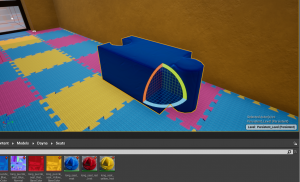
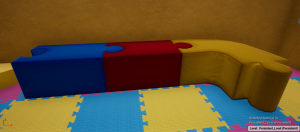
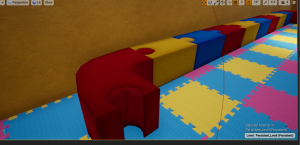
I placed in the two fbx’s and scaled them up. I placed them all around the room connecting to each other, then set up the textures – the blue was the main material, and the yellow and red were made as instances.

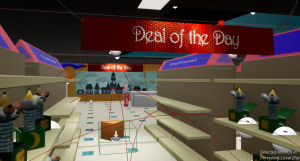
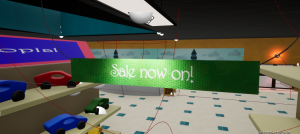
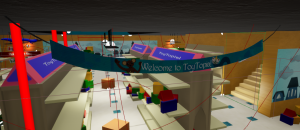
I added in the new second and third banner fbx’s into the project. I added in the three signs for the second banner / two signs for the third banner into the folder and assorted them into materials and instances. I placed them downwards through the isles of the toy store hanging from the ceiling, and they look great.
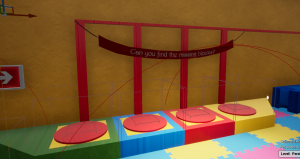
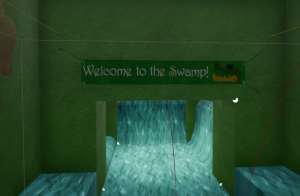
In addition, the block sign is placed In the maze puzzle area, and the swamp sign is placed in the entrance to the swamp room.
I was asked between the group to model a few more assets for the game. We have developed a concept that the ‘mother’ of Benjamin would be guiding him through the store, talking to him through the speaker microphone. We have voice acting of the mother from the sound designers.
The team asked if I could make a speaker microphone and a wall speaker for the store. I collected these references and started modelling.
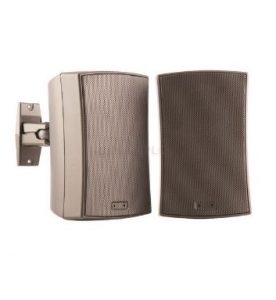
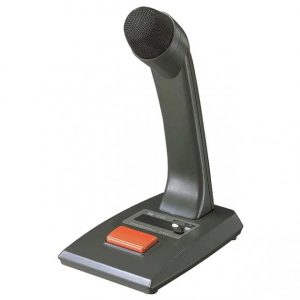
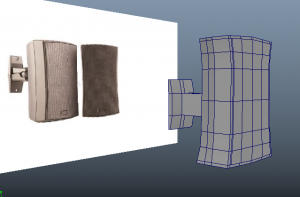
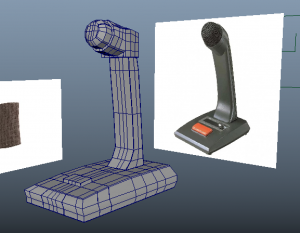
These models were quick to produce, although the microphone had some complicated geometry to fix, though was solved fairly quick. I UV mapped them and brought them to Substance Painter.
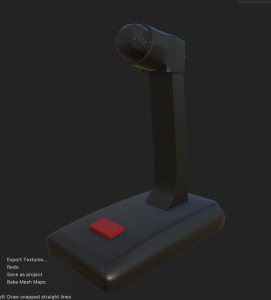
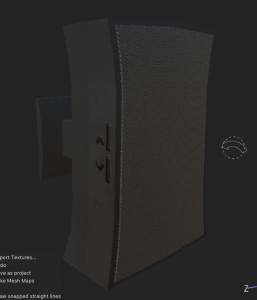
I designed these assets with similar materials so they stay consistent. Both have an iron rough body with a dark colour. The mic/speaker parts are made from a fabric material – I turned the colour dark and turned down the roughness to become more specular. For additional details I placed down alpha shapes to act as volume buttons with heightness, and a red button to turn on the microphone.

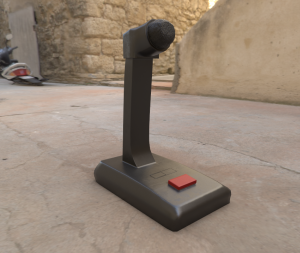
As a result they came out very well and the team are happy with the look. They have already been added to the project at this stage.
Next I was asked if I could design the toy box for the good bear, an asset for the start of the game. I first researched the style of toy boxes in the 80s and how they are presented, and looked into our good bear design to see how I can incorporate the bear into this style.
References:
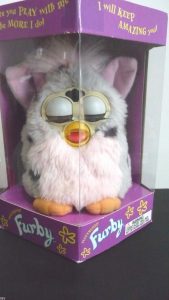
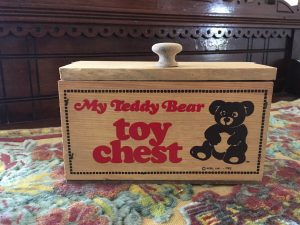
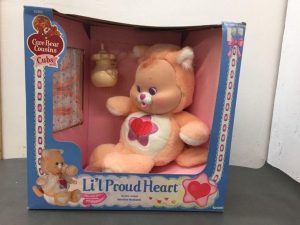
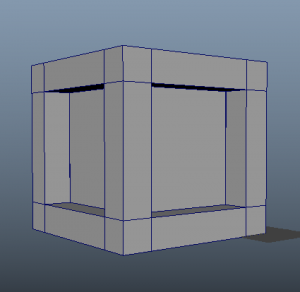
I modelled a simple box with the middle faces extruded inwards to replicate the same shape of box that is already in the game. I exported an image of the UV map of the box and decided to paint my texture on my painting software.
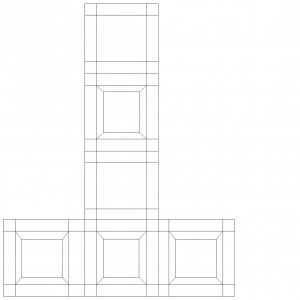
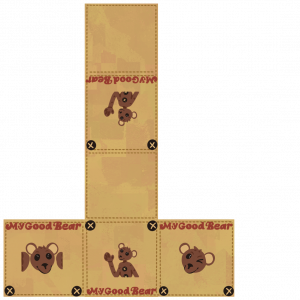
I mostly took inspiration from the toy chest image for the colour of the box and the font style. I designed the bears face all around the box, along with the buttons on the corners. I showed the team and we are happy with the result.
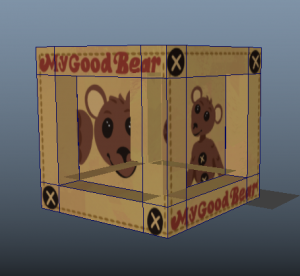
I went back into Maya to see how the texture looked on the box however it would display very weirdly. Although the texture fits perfectly, the actual cube is clipping the inside as it rotate it around. I will test this on Substance painter to see if there is the same problem.
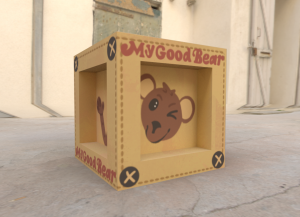
Fortunately the texture and model are working fine on Substance Painter, so it could be brought into the UE project.
On week 16 we have been preparing our game with our tasks to finally finish it up. The animators have finished their characters animations, the art assets and textures have been implemented, and lastly the game designers are working hard to fix up the last details of objectives, AI behaviours, sound effects and jumpscare cutscenes.
Most of us have been joining into call meetings almost everyday to check on our progress and help each other out to add work into the project.
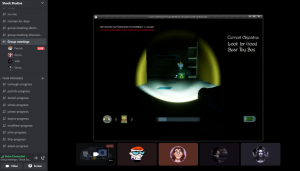
The last touches I made to the project were to place the toys all around the shelves in the toy store. I organised them by max two toys per shelf and placed them on with irregular rotations and positions, so it looks more natural. Patrick’s blueprint to randomise colour variation of some toys helped to give some variety on the shelves too. After this I had finished all I could do for the project.
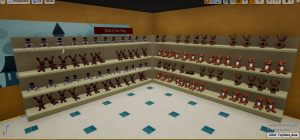
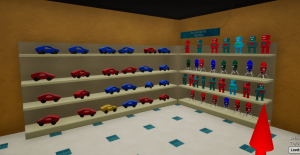
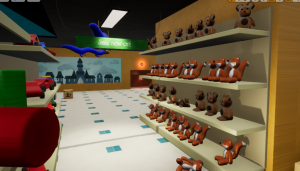
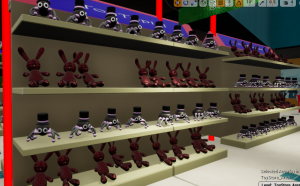
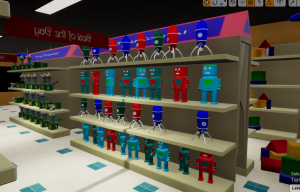
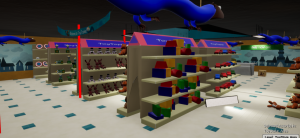
During the last day the final touches were made to the game. Here is a game play through that teammate Patrick recorded:



































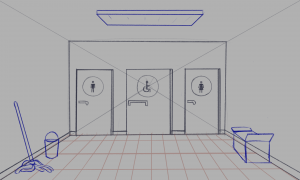











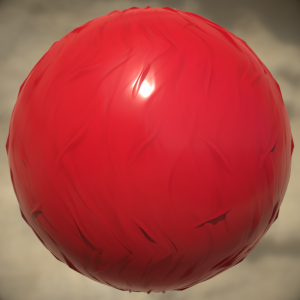



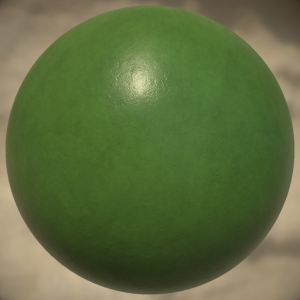





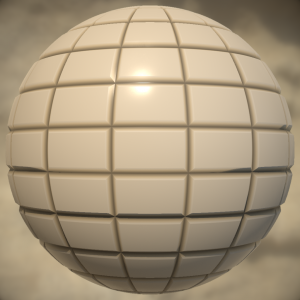



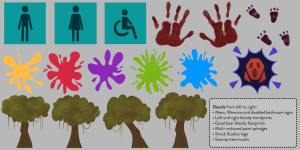

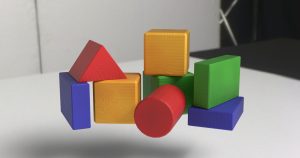





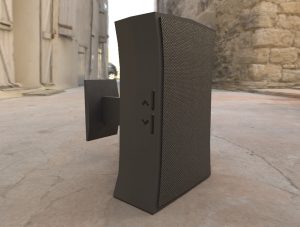














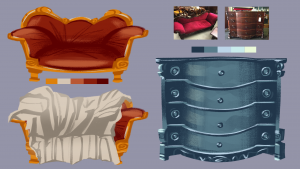


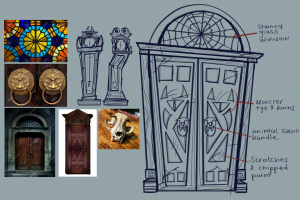

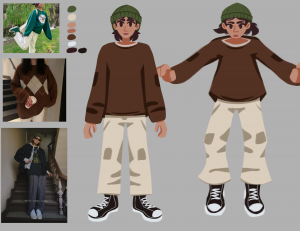


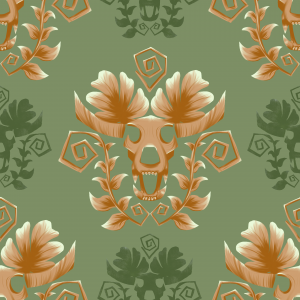




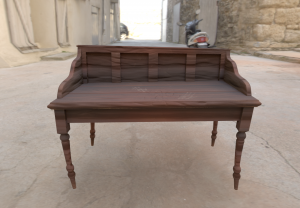
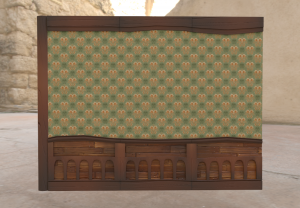





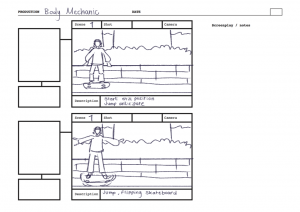
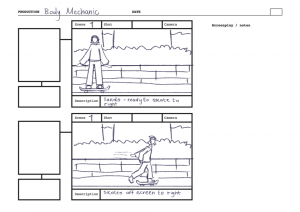

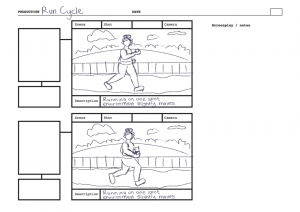
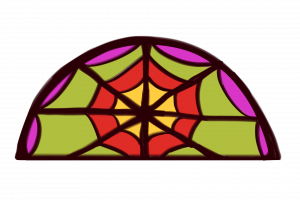
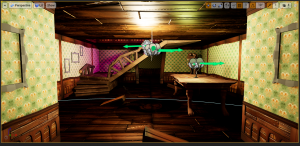
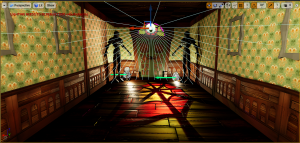
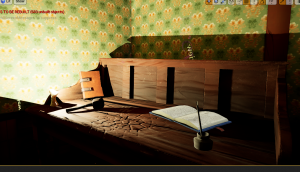
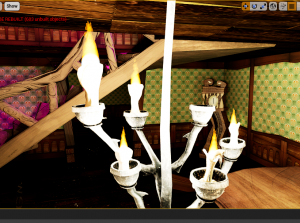
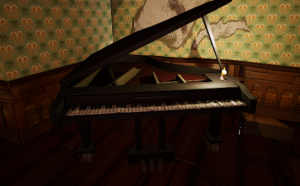
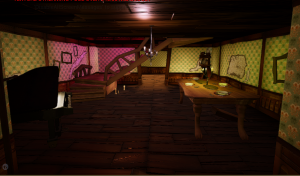
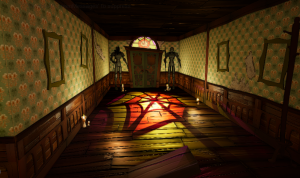
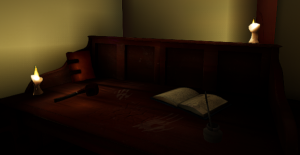
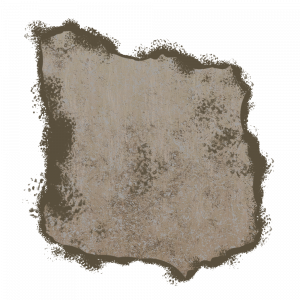
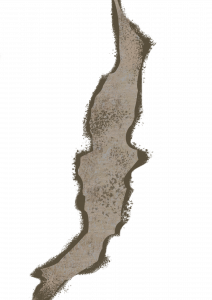

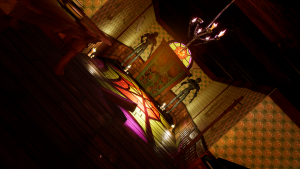
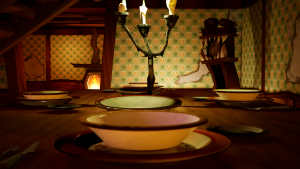
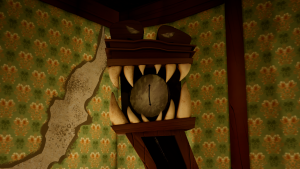
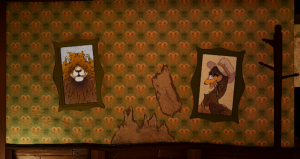


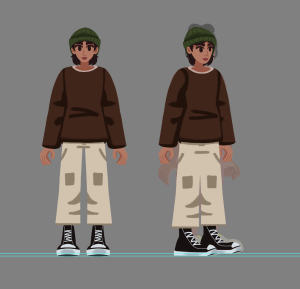
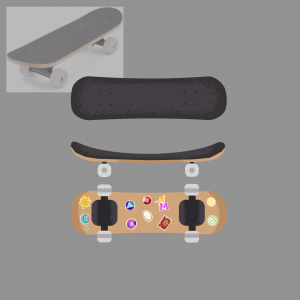













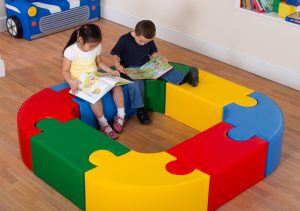


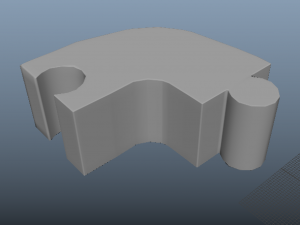


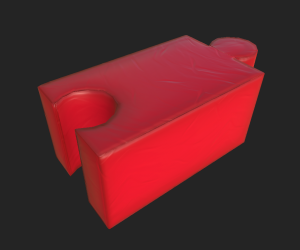

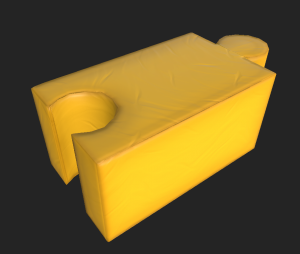


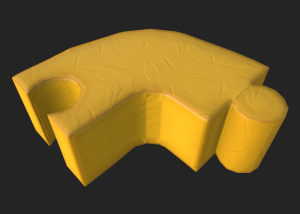
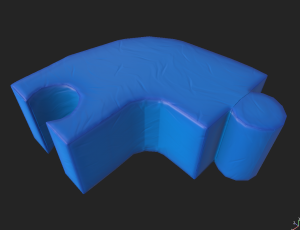
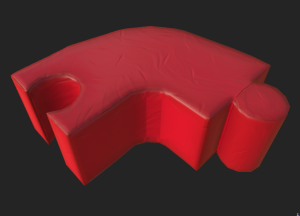






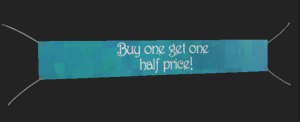
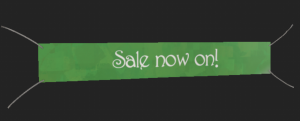

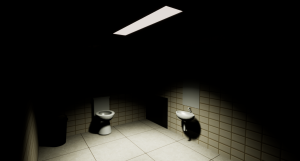
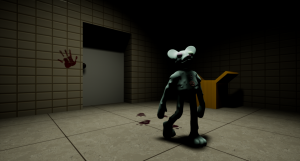
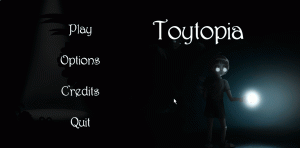
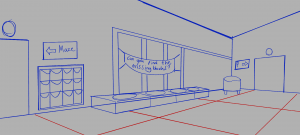

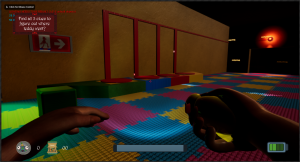





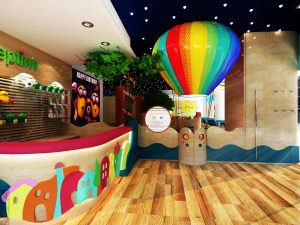
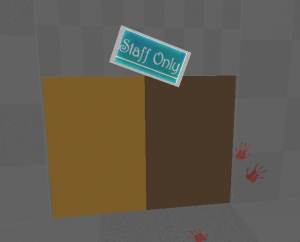
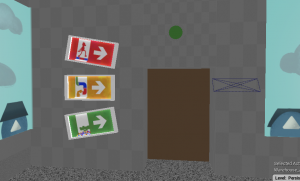

















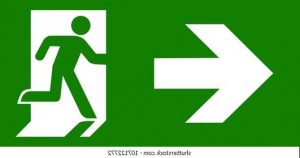
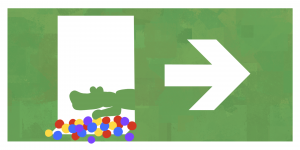

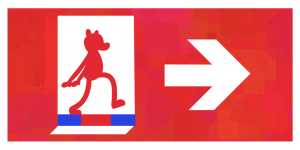
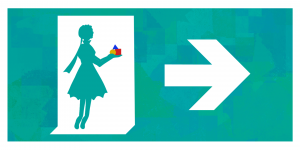
 Last, I did the staff only sign, using the Harrington font that’s used throughout the game. This will be in places such as the storage room, the warehouse, the collectors room and basement doors.
Last, I did the staff only sign, using the Harrington font that’s used throughout the game. This will be in places such as the storage room, the warehouse, the collectors room and basement doors.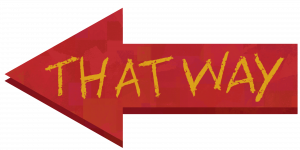
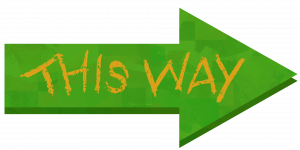
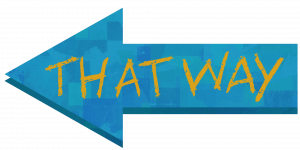
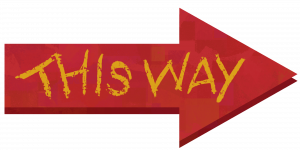

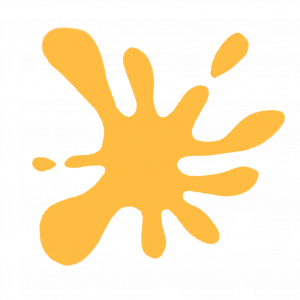
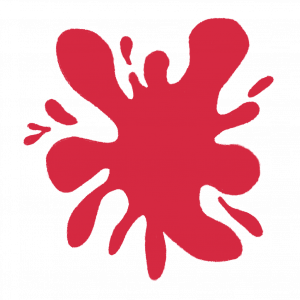
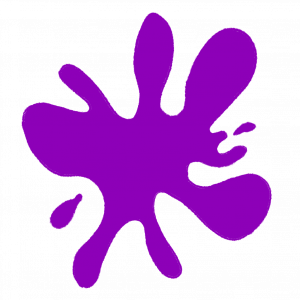
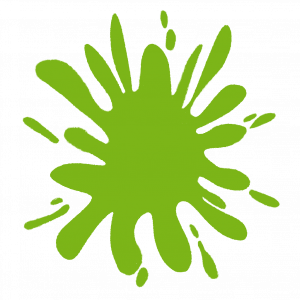
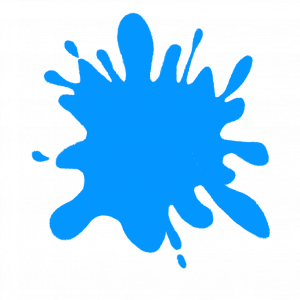
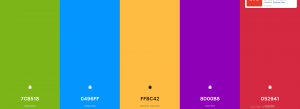

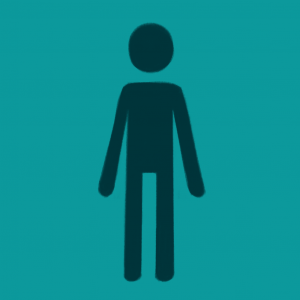
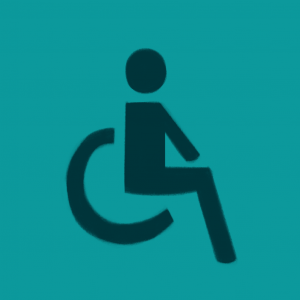



 I placed the hand prints and the bear footprints in specific places where the bear and another person may have met before – hinting that something goes wrong, or becomes dangerous, every time they meet.
I placed the hand prints and the bear footprints in specific places where the bear and another person may have met before – hinting that something goes wrong, or becomes dangerous, every time they meet.








 I then made the base of the sign and used the same options for the bevel. I edited the UV’s manually using the cut/sew tool and unfold tool. Lastly I assigned a material for each of the letters and for the base for easier texturing in Substance Painter.
I then made the base of the sign and used the same options for the bevel. I edited the UV’s manually using the cut/sew tool and unfold tool. Lastly I assigned a material for each of the letters and for the base for easier texturing in Substance Painter.






 Next I started with the toy blocks that will be displayed on the toy store shelves. I used reference to figure out the shapes to use, what way to display them, and additions detail of wooden stripes along the shape. I quickly made shapes in Maya, and bevelled the sides for a softer look.
Next I started with the toy blocks that will be displayed on the toy store shelves. I used reference to figure out the shapes to use, what way to display them, and additions detail of wooden stripes along the shape. I quickly made shapes in Maya, and bevelled the sides for a softer look.











